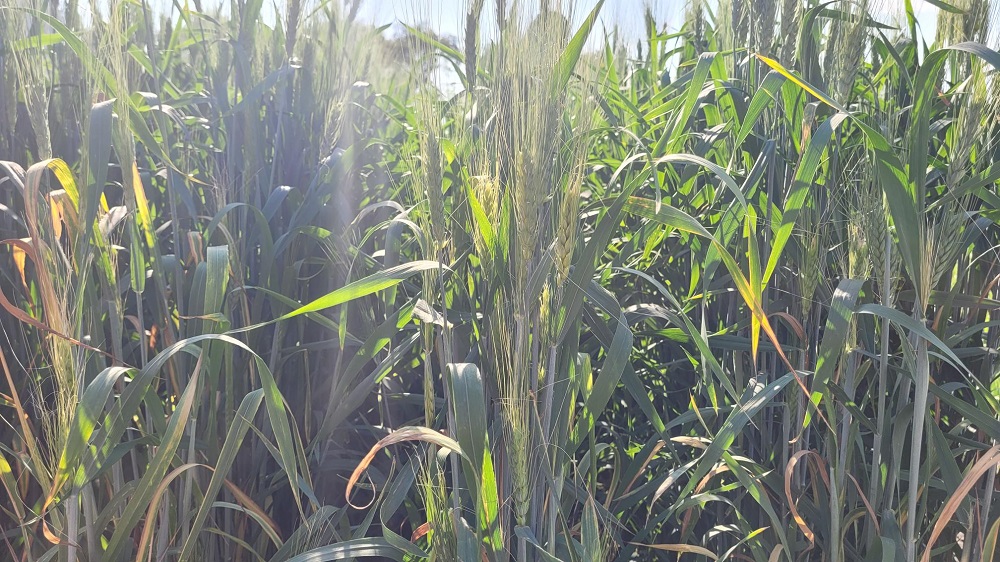Is there any weight to the claims various municipalities alongside the City of North Battleford have made against the Crime Severity Index (CSI)? Tarah Hodgkinson, an assistant professor of criminology at Wilfried Laurier University in Waterloo, Ont. — who ran the City of North Battleford’s original public safety survey — thinks so, to a degree.
Is population size a concern with the CSI?
One concern that has been often cited by municipalities and the Province of Saskatchewan as they prepare to take their fight against the CSI to Ottawa, is that they claim the 10,000-population cap ‘pit’ smaller cities like North Battleford or Lloydminster against larger centres like Toronto or Montreal.
“I don’t know if it’s the 10,000 cap, as it is just the population denominator in general,” Hodkinson told the News-Optimist in a phone interview, explaining that there is going to be a difference when you measure crime statistics in a certain way.
“If you have a homicide in North Battleford — which hasn’t had a homicide in 10 years, just to be clear — if you take a homicide in Saskatoon, that homicide if you did the crime rate … would create a crime rate of 7.14 [in North Battleford] versus 0.372 [in Saskatoon,]” she explained.
She noted that crime rate statistics are calculated by dividing a crime — which is weighted by how ‘dangerous’ the crime is in the CSI — by the population.
“That’s literally just the math,” she said.
“Really anything that has a small population is going to have a problem,” she said, noting that concern around population size is more about smaller communities in general rather than the 10,000 cut-off.
Another concern that is raised by municipalities is fluctuating population sizes that aren’t included in the numbers accurately. Hodgkinson noted that the statistics do not look at all the areas around the Battlefords that are coming into the community.
“So somewhere like North Battleford that has, I think seven First Nations all around it … plus all kinds of other northern, and even Battleford, they’re not included in that,” she said.
Is the CSI racist?
Chief Lori Whitecalf of Sweetgrass First Nation had noted at the end of the CSI Conference in February, that there should be more discussion between Statistics Canada and Indigenous communities. She had felt that the CSI was racist and helped to perpetuate systemic racism in the Battlefords and area.
But is it true?
“That’sa really tough one … because indigenous communities are largely smaller communities,” she said.
“So, most Indigenous communities in Canada are very small population centres, any crime rates, and crime severity indexes coming out of there are going to be subject to the same issues mathematically that any other small community would,” she said.
“I don’t think the numbers are [racist] because that’s just a reality of the population size and I think any other small community in Canada could say they’re being disadvantaged by that number,” she added.
The second piece she noted was that she thinks it’s less about the CSI because it’s standardized across the country, and more about how it gets reported.
“And that’s where I think we see real injustice and concerns,” she said.
She said that when they started looking deeper at the data with the City of North Battleford in 2016, asking why the CSI had been so high for ten years, there was an assumption that violent crime was driving the CSI. In actuality, Hodgkinson says it was mischief driving the CSI in North Battleford.
“And so, there’s real concerns about that because mischief tends to be a catch-all [crime statistic]. It tends to over-police indigenous people. Or gets used as a way of over-policing Indigenous communities,” she said, noting that there’s a large Indigenous population that feeds into North Battleford.
She noted that there are real conversations to be had now about why Indigenous people are over-represented in mischief — perhaps leading back to systemic issues, trauma, and racism — how it’s weighted in the CSI, and how it affects communities across Canada.
Hodgkinson did note, however, that she isn’t clear what Sweetgrass First Nation had meant regarding Statistics Canada’s use of ‘protected’ First Nation statistics, as noted in the March 7 edition of the News-Optimist.
Is stigma created by the media?
When Hodkinson worked with Battlefords for seven years, she said she remembered talking to North West College students. They asked her why anyone would even care about a place like ‘Crimetown.’
“But that kind of that kind of stigmatization is long-lasting and problematic,” she said.
“Macleans is the one that does the whole report on [North Battleford] every year. And basically, drags North Battleford through the mud, or a couple [of] years ago, Thompson, [Man.] And that reporting, I think, is problematic. That’s where I think there’s an issue,” she said, adding that there are of course issues with the CSI and a lot of crime statistics to some degree.
And what can the media do then?
“I think we can paint them in context, I think the fact that you’re calling me and asking for more details on how to calculate it …there are experts who are in this field, there are experts at Statistics Canada, that you can talk to you about how these things get measured,” she said.
“And I mean, I wrote an entire paper on basically how irresponsible it was that Maclean’s has continued to do this … it’s so unfair to those communities, and the ways in which they see themselves and how they can invest in prevention.”
What’s the next step moving forward?
And although she noted that the CSI was an improvement from the system that was used before, one issue with the current CSI that could be fixed is that the metric used to determine what crimes should be weighted more heavily, or ‘more dangerous’ are flawed.
Sentencing surveys — which are used to determine the weight of a crime, Hodgkinson noted — are not objective. If she’s charged with a homicide, she said, her criminal history if she has one is considered with that sentencing.
“We have been critiqued internationally … you have to have standards that aren’t biased by an offender’s pre-existing history,” would give a more balanced approach to the CSI.
It also should used in conjunction with other metrics, she noted, allowing the CSI to be used as one tool in a larger understanding of North Battleford’s crime statistics.








